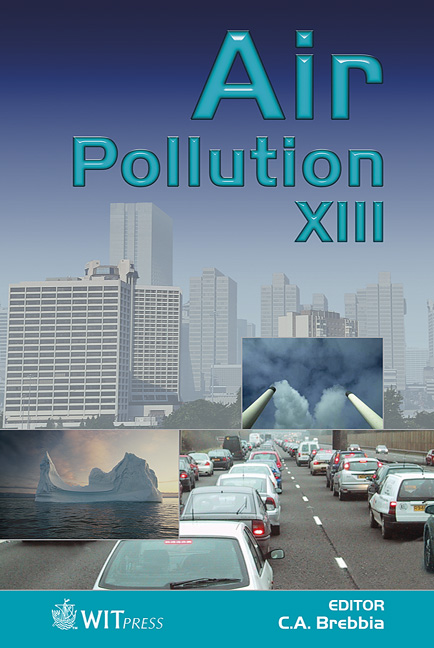Micro-scale Consideration Of Air Dispersion In Urban Street Canyons
Price
Free (open access)
Transaction
Volume
82
Pages
10
Published
2005
Size
696 kb
Paper DOI
10.2495/AIR050291
Copyright
WIT Press
Author(s)
S.-D. Kim, S.-K. Park, H. Lee, D.-S. Kim & J.-H. Kim
Abstract
The vehicle-originated air pollution has a significant impact on the ambient air quality in urban areas and creates a certain amount of health risk to the public. Especially in urban street canyon environments, high levels of air pollution are frequently observed due to the increased traffic volume and reduced natural ventilation by building forests. The dispersion of vehicle emissions in urban environments is also limited by various factors, which may produce poor air qualities in urban street canyon environments. This poor air quality has a high potential to be easily delivered into the indoor air environment by building ventilation. In this study, the dispersion of vehicle emissions was characterized by employing wind tunnel tests and tracer gas techniques. The aspect ratio of a street canyon (i.e. the ratio of the width of a street and the average height of buildings) and the direction of external wind are the major test parameters. Keywords: urban street canyon, vehicle emission, air pollutant dispersion, wind tunnel test. 1 Introduction The air dispersion in an urban area with highly crowded buildings has a significant difference from a flat terrain and the traffic is frequently high in
Keywords
urban street canyon, vehicle emission, air pollutant dispersion, wind tunnel test.





